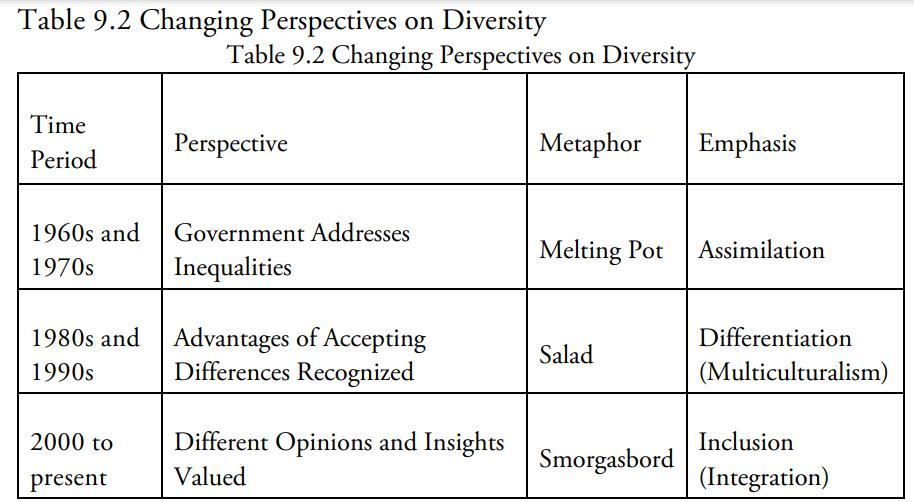Purpose 1. To become aware of the dimensions of diversity and inclusion 2. To develop an understanding
Question:
Purpose
1. To become aware of the dimensions of diversity and inclusion
2. To develop an understanding of how leaders address diversity and inclusion in the workplace
Directions
1. Your task in this exercise is to interview a leader about her or his views on diversity and inclusion.
The individual you interview should have a formal position of authority in a company (e.g., supervisor, manager), a school (e.g., teacher, principal), or the community (e.g., director of social work, bank vice president, small business owner).
2. Conduct a 30-minute semistructured interview with this individual by phone or in person.
3. Develop your own interview questions. If necessary, you may incorporate ideas from the following questions:
Tell me about your job. How long have you held this position, and how did you get it?
What comes to your mind when you hear the word diversity? How is diversity addressed within your organization? How important do you think diversity is in your place of work? Why?
Are there areas within your organization that have less diversity than other areas? Do you think the organization should address this?
What challenges do you face regarding diversity among those whom you supervise?
How do you treat employees/followers who are different from others? Do you allow everyone to participate in decision making?
What is the best way to make an employee/follower who is a minority feel genuinely included with others?
Questions
1. Based on your observations, how important is diversity and inclusion to the leader you interviewed?
2. Which metaphor in Table 9.2 (i.e., melting pot, salad, or smorgasbord) would you use to describe the way the leader approaches his or her followers? Give examples to illustrate this metaphor.
3. Do you think the leader holds any stereotypes about others? In what way do these affect his or her leadership?
4. In what way does the leader try to make individuals who are different feel a part of the organization? Give specific examples where relevant.
5. Do you think privilege is in any way related to how this person leads? Defend your answer.
Table 9.2:

Step by Step Answer:

Introduction To Leadership Concepts And Practice
ISBN: 9781506330082
4th Edition
Authors: Peter G. Northouse





